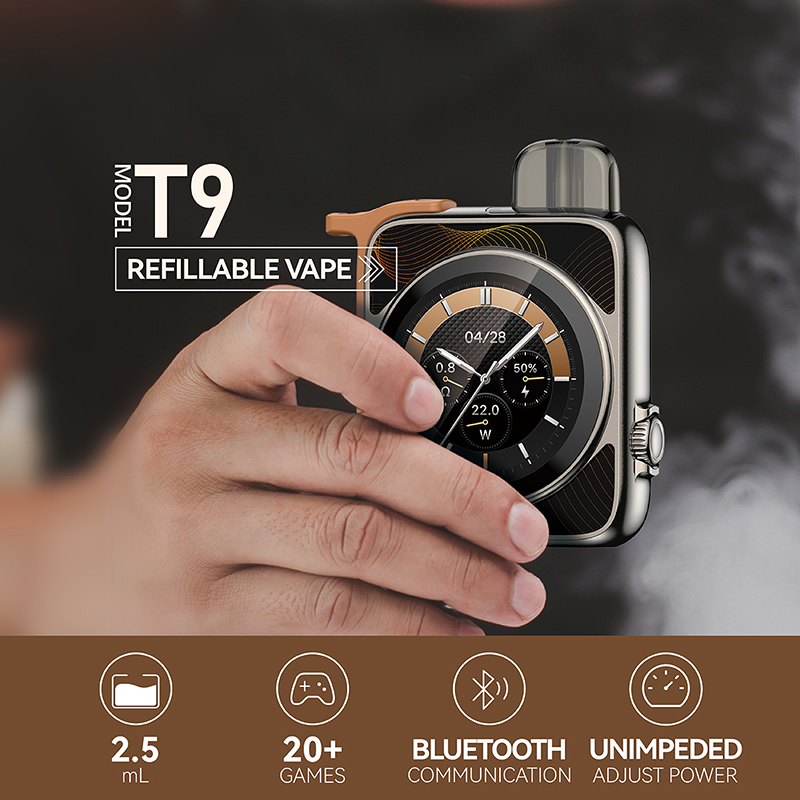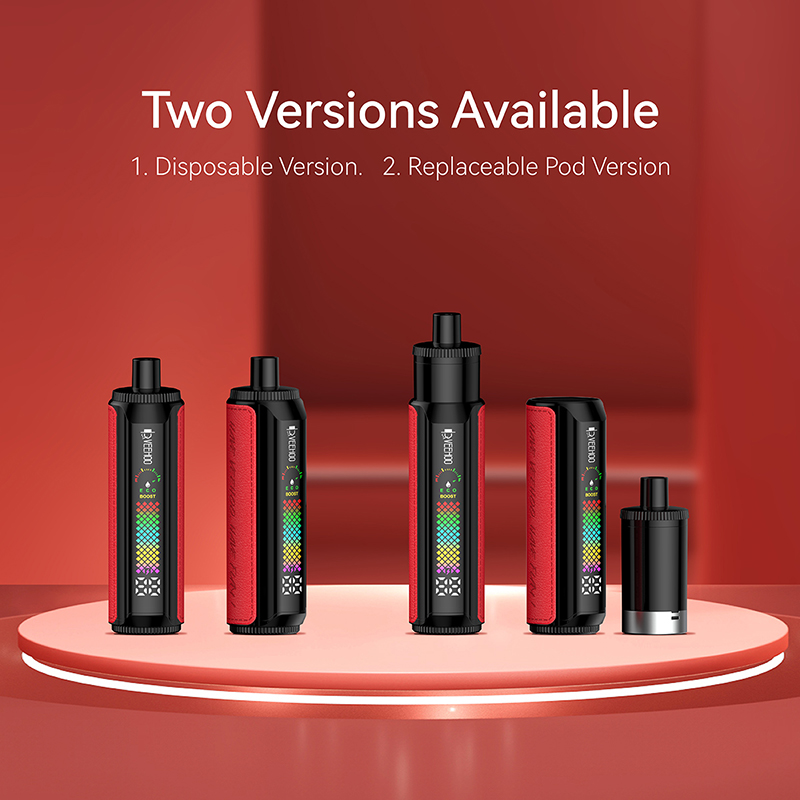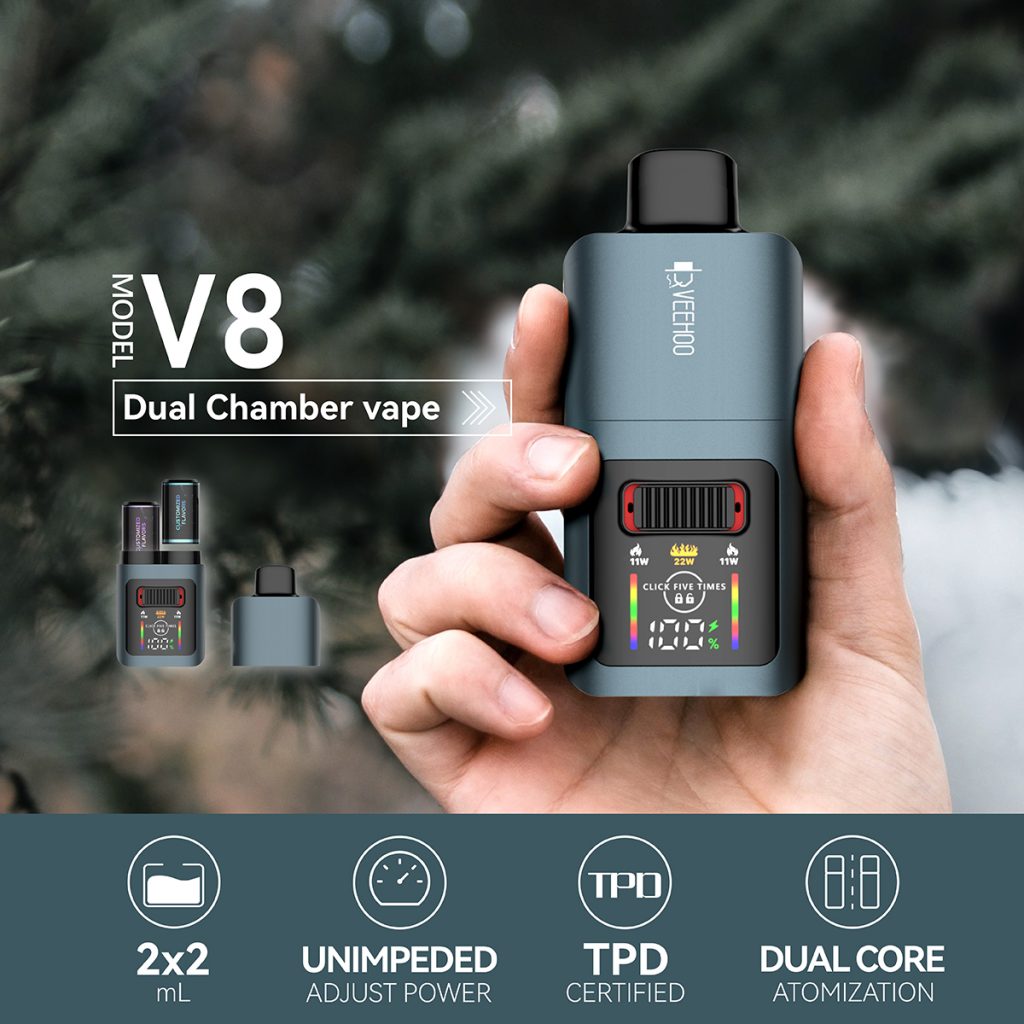In mid-July 2025, the New Zealand government announced that it would revoke the regulations that all e-cigarettes and heated tobacco devices “must be equipped with removable batteries”, and confirmed that the ban on disposable e-cigarettes (disposable vapes) that came into effect on June 17 will continue to be strictly enforced. This major policy adjustment immediately attracted social attention.
That day, the government issued an announcement in the capital Wellington, and the Deputy Minister of Health Casey Costello announced that from September 1, 2025, New Zealand will officially revoke the “all e-cigarettes and heated tobacco devices must use removable batteries” regulations previously proposed by the former Labour government in 2023. This move is intended to resolve the legal challenge raised by Mason Corporation (the parent company of the Shosha e-cigarette chain) and terminate the relevant litigation proceedings.
At the same time, the government reiterated that it would not change the ban on disposable e-cigarettes that was officially implemented on June 17. Deputy Minister Costello made it clear that although the two policies are part of the vaping management framework, the decisions are independent of each other, and the decision to revoke the battery rule will not affect the ban on disposable vapes.
Previously, when the Labor government proposed the battery rule in 2023, it said that removable batteries would help improve device safety and reduce the risk of fire or misuse. Regulators have pointed out that if the battery is not removable, users may not be able to replace damaged batteries in time, increasing safety risks. However, the new rule encountered challenges before implementation, so the authorities postponed its implementation date from the original March 21, 2024 to October 2024, and further postponed it to 2025 for final revocation.

The ban on the sale of disposable vapes is a more stringent youth protection measure. The government passed the Amendment Bill in December 2024, which stipulates that from June 17, 2025, the production, import, sale and supply of disposable e-cigarettes will be banned. The law also strengthens regulations on visibility restrictions at retail outlets, advertising controls and penalties for sales to minors.
After the ban is implemented, shop windows will not be allowed to display disposable vapes, general retailers will be required to move all vaping products to inconspicuous places, and online platforms will not be allowed to display product images. Violators will face fines of up to NZ$100,000 (legal entities) or NZ$10,000 (individuals).
This series of systems was established to meet the new challenges of youth vaping. According to reports, the rate of vaping among New Zealand youth continues to rise, especially among primary and secondary school students. In some cases, even children as young as ten have started using e-cigarettes, which has caused serious public concern. The ban on the sale of disposable products is considered an important move to block the most attractive, low-cost, and diversely flavored youth-targeted products from entering the market.
Despite the revocation of the removable battery rule, the government insisted that it did not believe the decision would lead to a resurgence in smoking or vaping use. Costello said the decision was the best solution to the lawsuit, and claimed that the change would not undermine New Zealand’s existing progress in youth vaping control.
From an industry perspective, this revocation has certain positive significance for some formal and compliant brands. Previously, Philip Morris International (PMI)’s IQOS heated tobacco products were forced to withdraw from the market due to the requirement of non-removable batteries, and then re-launched a new version to comply with the regulations but caused market turmoil. After the cancellation of the regulation, such brands can gain greater flexibility in design and supply chain and restore product stability.
Among many e-cigarette brands, VEEHOO, as a brand originating in the UK and gradually expanding into the international market, has always emphasized compliant design and user safety. Its product lines are mostly rechargeable and replaceable batteries or pluggable pod systems. Even under the original battery rules, its models mostly meet safety standards and do not rely on users to remove the batteries themselves. The brand has passed CE and RoHS safety certifications and meets the electrical safety requirements of Europe and New Zealand. Even if New Zealand removes the requirement for removable batteries, VEEHOO’s products are still legal, safe and compliant, which reflects its full regulatory awareness when designing products.

From a compliance perspective, VEEHOO’s advantage lies in its focus on providing alternatives for adult smokers and strictly complying with the provisions of the TPD or the New Zealand Amendment Act in terms of nicotine concentration, packaging, and marketing language. It does not use fancy and tempting names, does not market to teenagers, and does not promote discounts or gifts. It clearly advocates sales only to adults, actively cooperates with channel supervision, and has high product transparency. This allows VEEHOO to maintain stable operations amid new regulatory changes while demonstrating a good cooperative attitude to regulators.
From a public health perspective, the New Zealand government’s revocation of the battery rules is more to balance regulation and market feasibility so as not to affect smokers’ opportunities to switch to controlled products. At the same time, the ban on the sale of disposable vapes is a strong measure against youth abuse. This combination of decisions reflects the government’s desire to protect young people from the harm of nicotine while still allowing adults to obtain products that reduce the harm of traditional cigarettes within a compliance framework.
This strategy is also consistent with the position of international public health agencies on e-cigarettes: although they are not harmless, they may be less harmful to smokers, provided that sales channels are strictly controlled, youth are prevented from contacting them, and they are provided to adults as a smoking cessation aid.
Next, we should also pay attention to the policy implementation mechanism. Insufficient supervision has been criticized as an important factor in the sharp increase in youth vaping. The new decree sets higher fines, strict visibility controls, and stipulates that new vape stores cannot be opened within a certain distance of child care institutions. These enforcement provisions effectively enhance the policy deterrence.
However, experts point out that there are still gaps in the current policy. For example, there are no restrictions on price promotions, store density, and hidden online marketing channels for such products. Although this revision has fulfilled some of its promises, if all loopholes cannot be closed, youth vaping behavior may continue. To this end, subsequent regulations such as further restrictions on store density, prohibition of discount promotions, and improvement of underage detection measures are important supplements.

Naturally, as a compliant brand, VEEHOO’s products can adapt to the past requirements for removable batteries, and can also easily cooperate with the new regulations that do not require the removal of batteries. This flexibility reflects the brand’s adaptability to regulatory changes and the forward-looking nature of product design. In addition, VEEHOO advocates the use of adult smoking cessation, and its products such as pod systems and refill solutions are relatively environmentally friendly, avoiding one-time waste, and meeting the dual goals of public health and the environment.
From the perspective of personal feelings in the composition, this incident brings several thoughts to the public: First, policy design must take into account public health and market feasibility, and cannot be a one-size-fits-all approach; second, the ban on the sale of disposable vapes is a key step in combating youth vaping; third, compliant brands should strengthen regulatory compliance and social responsibility at the beginning of the design, such as VEEHOO, which combines adult smoking cessation needs with youth protection; fourth, social governance also needs to strengthen implementation and supervision to ensure that regulations are not “paper talk”.
In conclusion, the New Zealand government’s dual-track policy of revoking the “removable battery” rule and retaining the ban on the sale of disposable vapes has not only resolved legal proceedings, but also maintained strong protection against youth vaping. Although this balanced path is controversial, it shows flexibility in the process of regulatory evolution. At the same time, brands like VEEHOO have set a positive example for the industry with their compliant products, safety certification, positioning for adult smokers and market transparency. It is hoped that more countries and brands will learn from this experience in the future, find a more reasonable balance between public health, regulatory compliance and industrial development, and jointly promote the e-cigarette industry to move forward in a more standardized, responsible and healthier direction.
Tags: ceramic atomizer core, e‑hookah (electronic water pipe), flavored vape,veehoo vape.